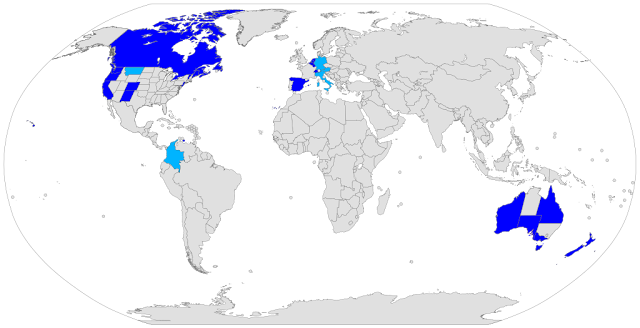160th Anniversary Alice in Wonderland
The story of young Alice is much more than a children's adventure for me. It was and still is one of the stories that captivate and inspire me to dream. Alice broke the rules of convention and didactic children's literature. Instead of obedience and morality, Alice displays courage, wit, and the ability to find her own way amidst chaos. Characters like the Cheshire Cat, the Mad Hatter, or the heartless Queen of Hearts, along with the absurd logic and linguistic playfulness, make the story a literary phenomenon to this day.
In November 1864, Dodgson presented his manuscript to the real Alice. - Sidenote Lewis Carroll was born as Charles Lutwidge Dodgson. But that wasn't the end of it: Dodgson revised and expanded his work. With the support of a friend who was a writer, he finally published his story in 1865 under the title we still know today: "Alice's Adventures in Wonderland."
"Alice in Wonderland" appeals - as I think - to everyone due to several key factors:
- It captivates children with its whimsy and adults with its satire and deeper themes.
- The story mirrors the confusing journey from childhood to adulthood, resonating with all readers.
- Characters like the Mad Hatter and the Queen of Hearts represent different aspects of human nature, making them relatable across cultures.
- The book's creativity invites everyone to embrace their own imagination.
In short, "Alice in Wonderland" is a timeless classic that transcends age and culture, offering unique insights and enjoyment to all readers.
The book, the story means a lot to me—this book, as well as Antoine de Saint-Exupéry's "The Little Prince," are books that can mean and could mean a lot to everyone, if one engages with them and listens.
More of my drawings you can find on https://www.instagram.com/holgermaassen






Comments
Post a Comment